BSBRSK501 Manage Risk: Risk Management Plan for Kter Hotel, T4 2018
VerifiedAdded on 2023/05/30
|10
|1378
|182
Report
AI Summary
This report outlines a comprehensive risk management plan for Kter Hotel, considering both internal and external factors affecting its operations. It includes a stakeholder analysis, SWOT analysis, and PEST analysis to identify potential risks such as fire, terrorist attacks, and economic downturns. The plan details risk identification methods, analysis tools, and mitigation strategies like avoidance, transference, mitigation, and acceptance. The report also emphasizes the importance of occupational health and safety, compliance with legislation, and continuous monitoring and review of mitigation activities to ensure the hotel's sustainability and achievement of its financial objectives. Desklib offers this document as part of its collection of student-contributed assignments and resources.
1 out of 10
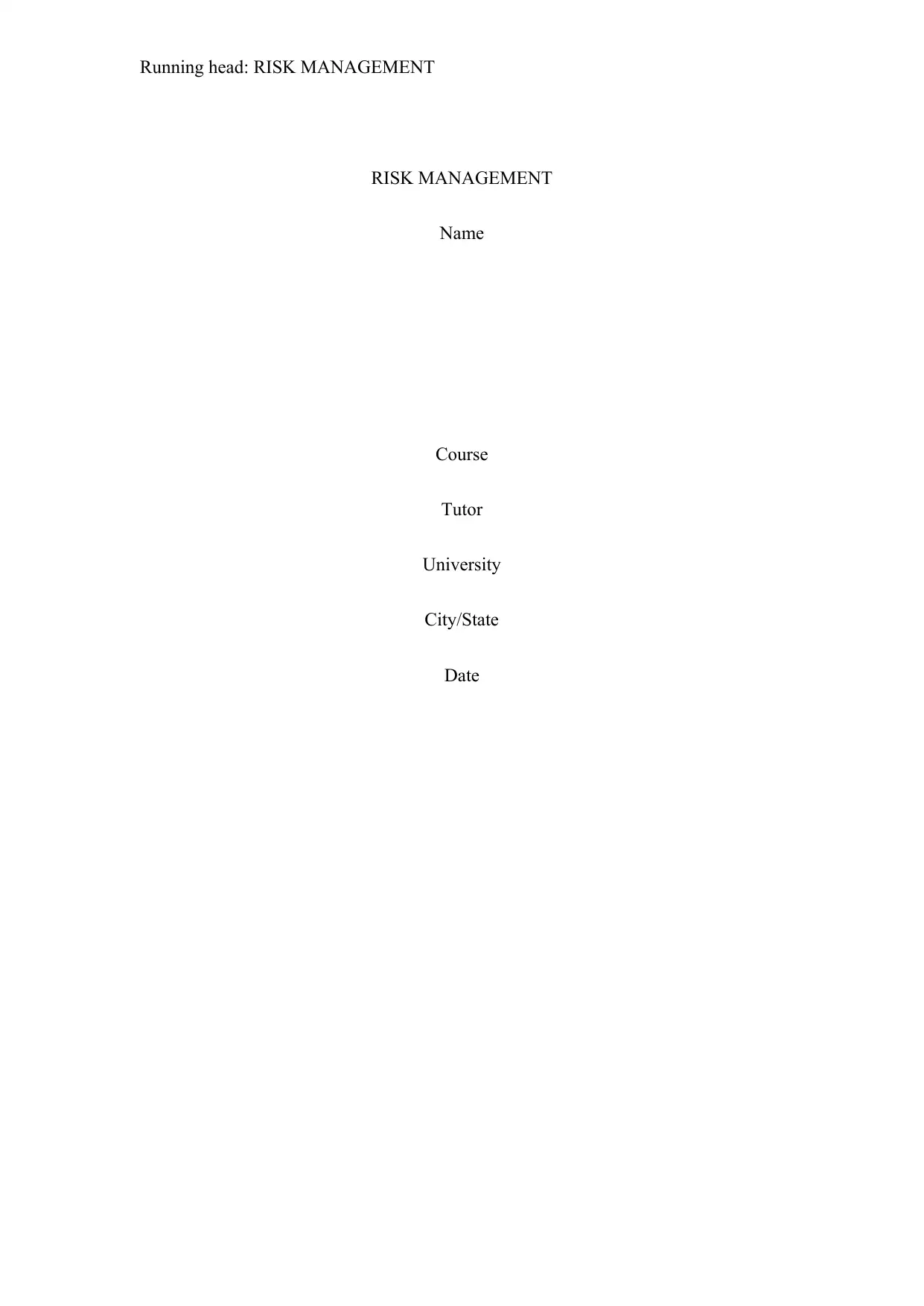
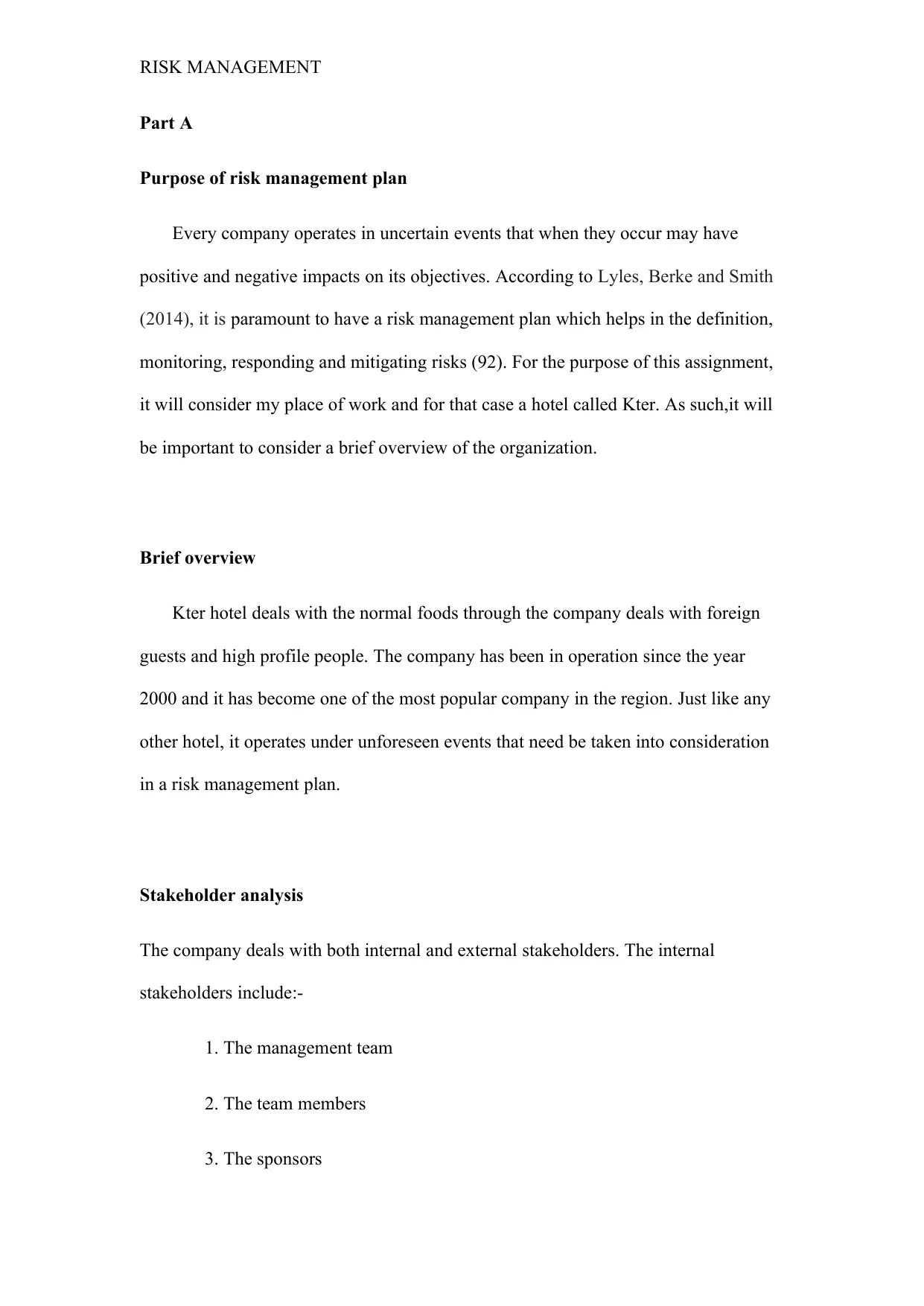
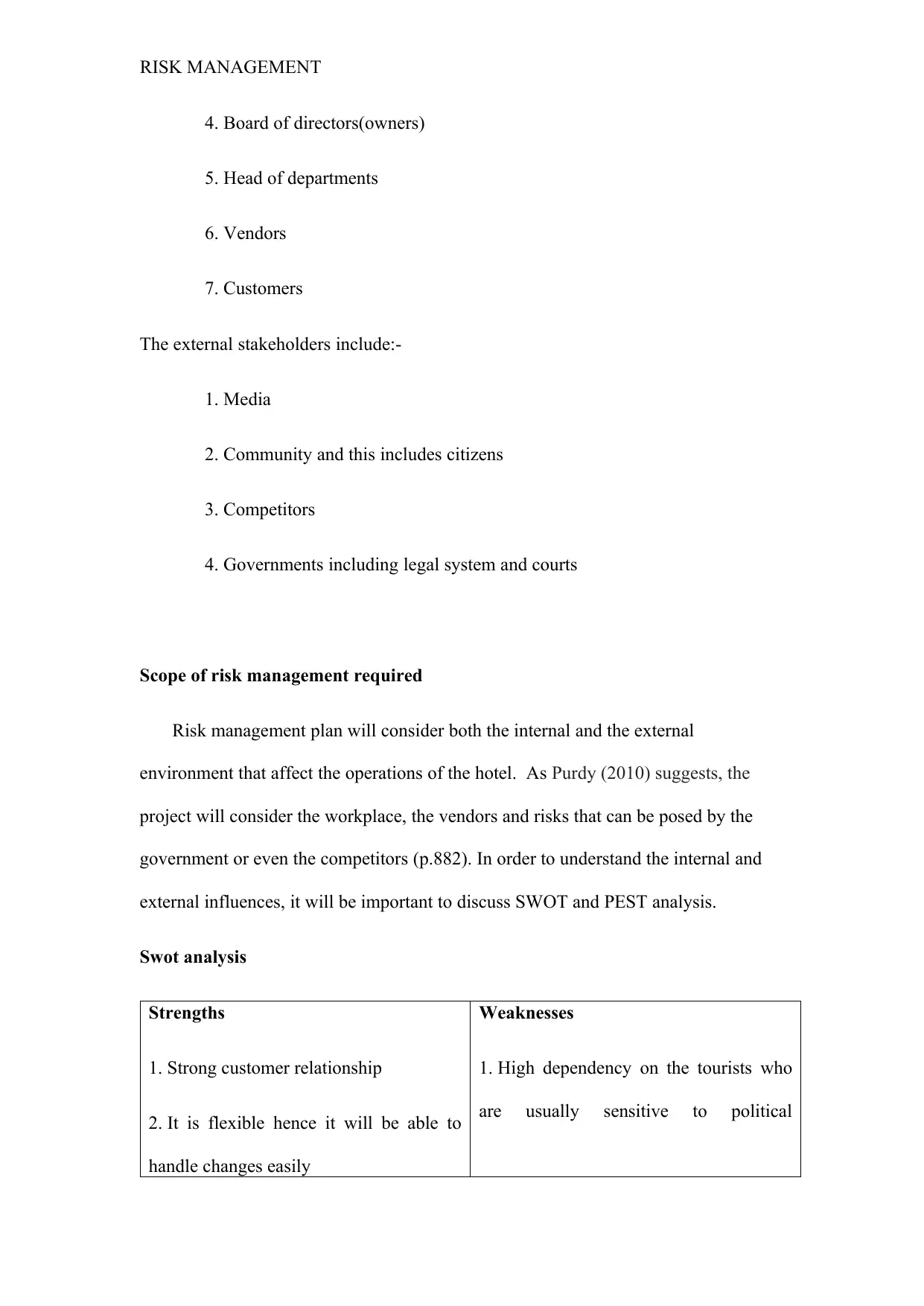
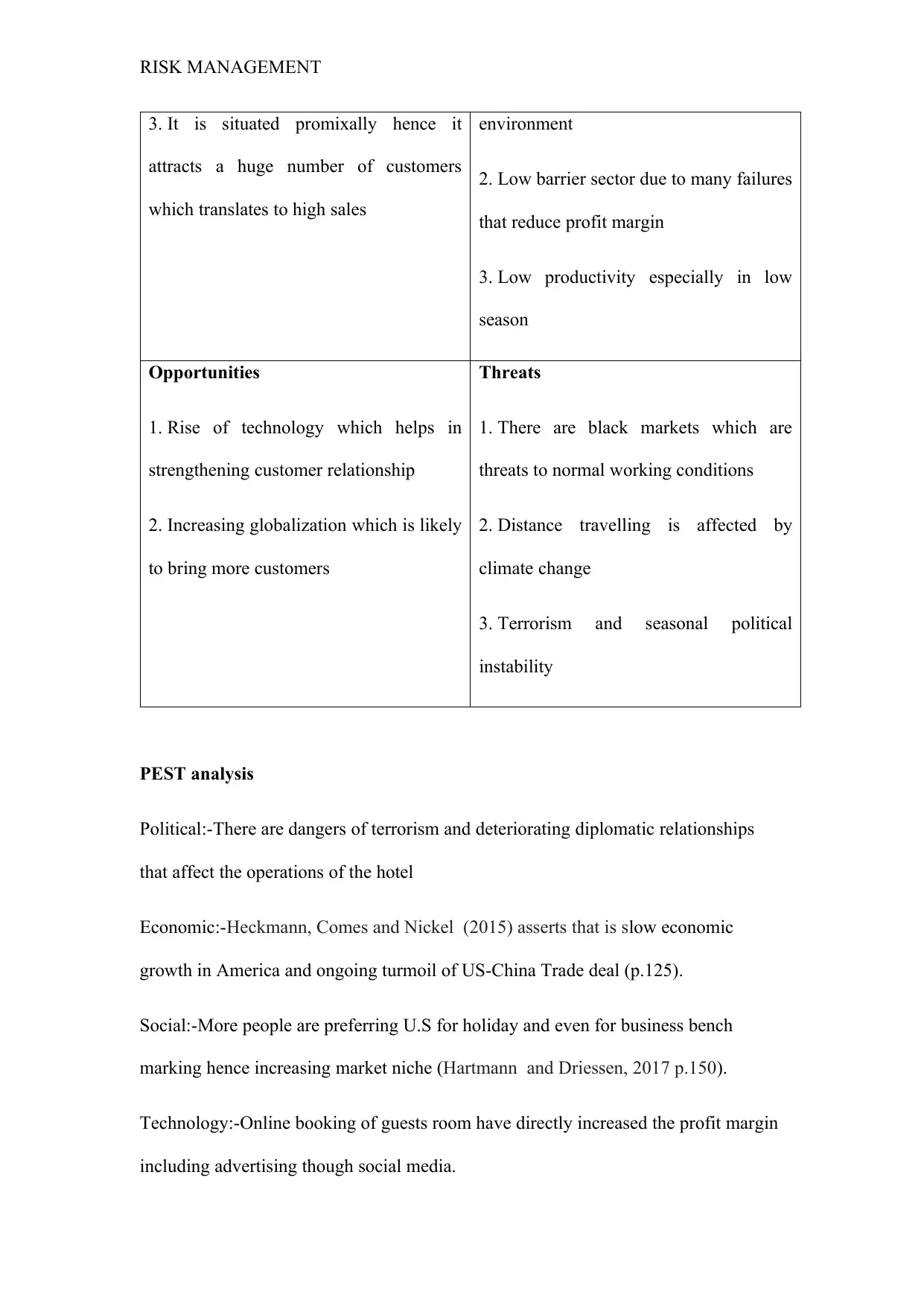
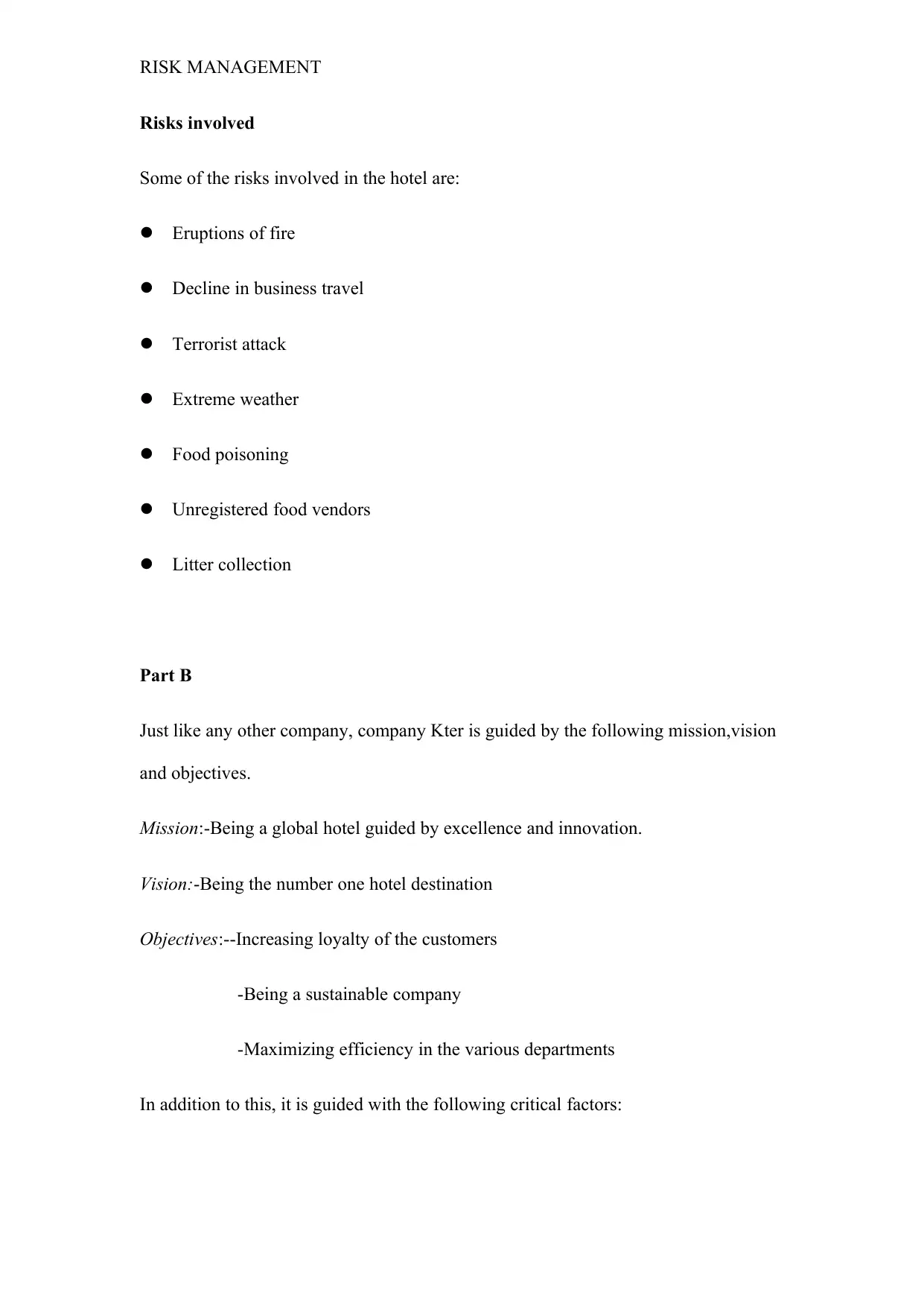
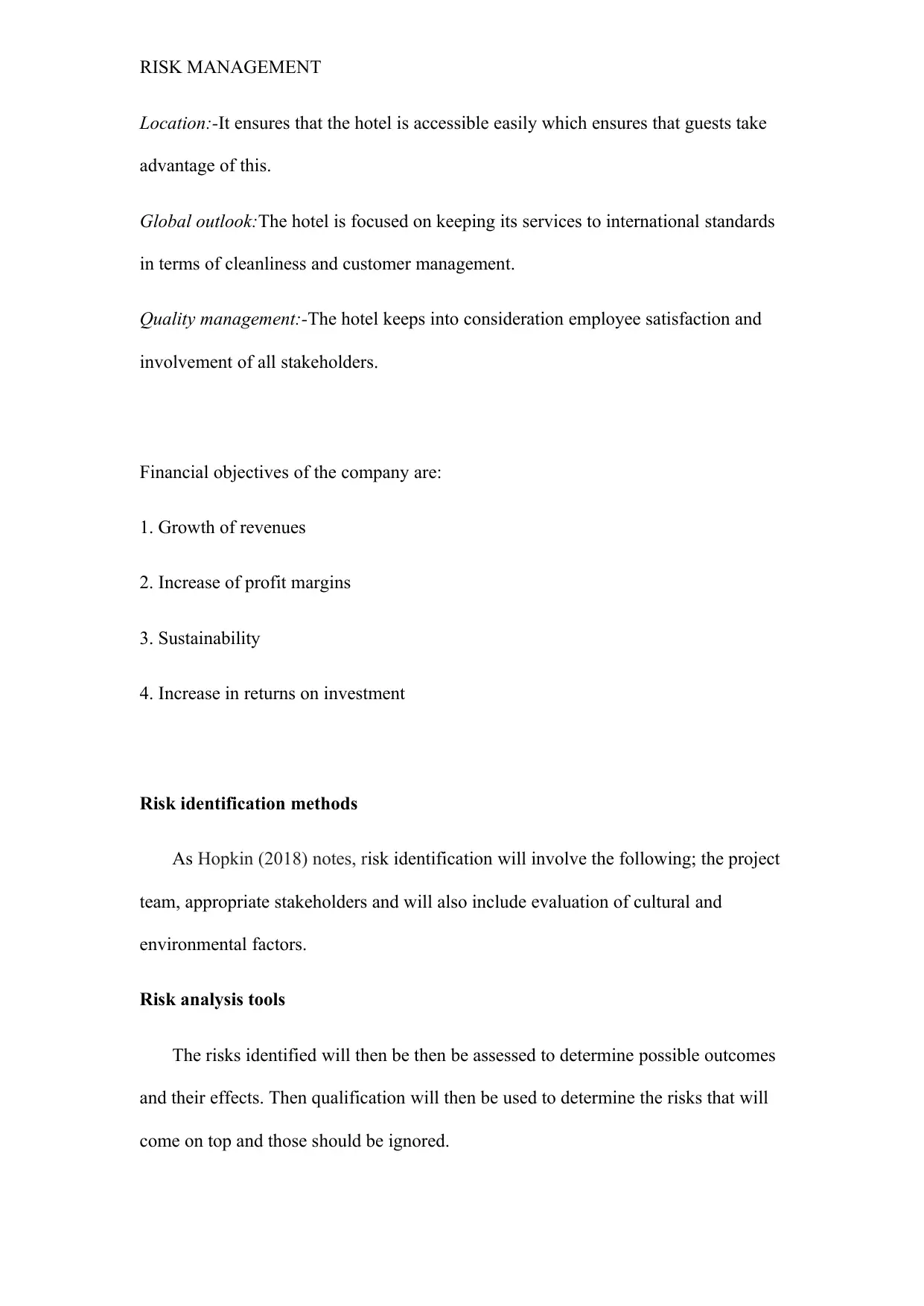
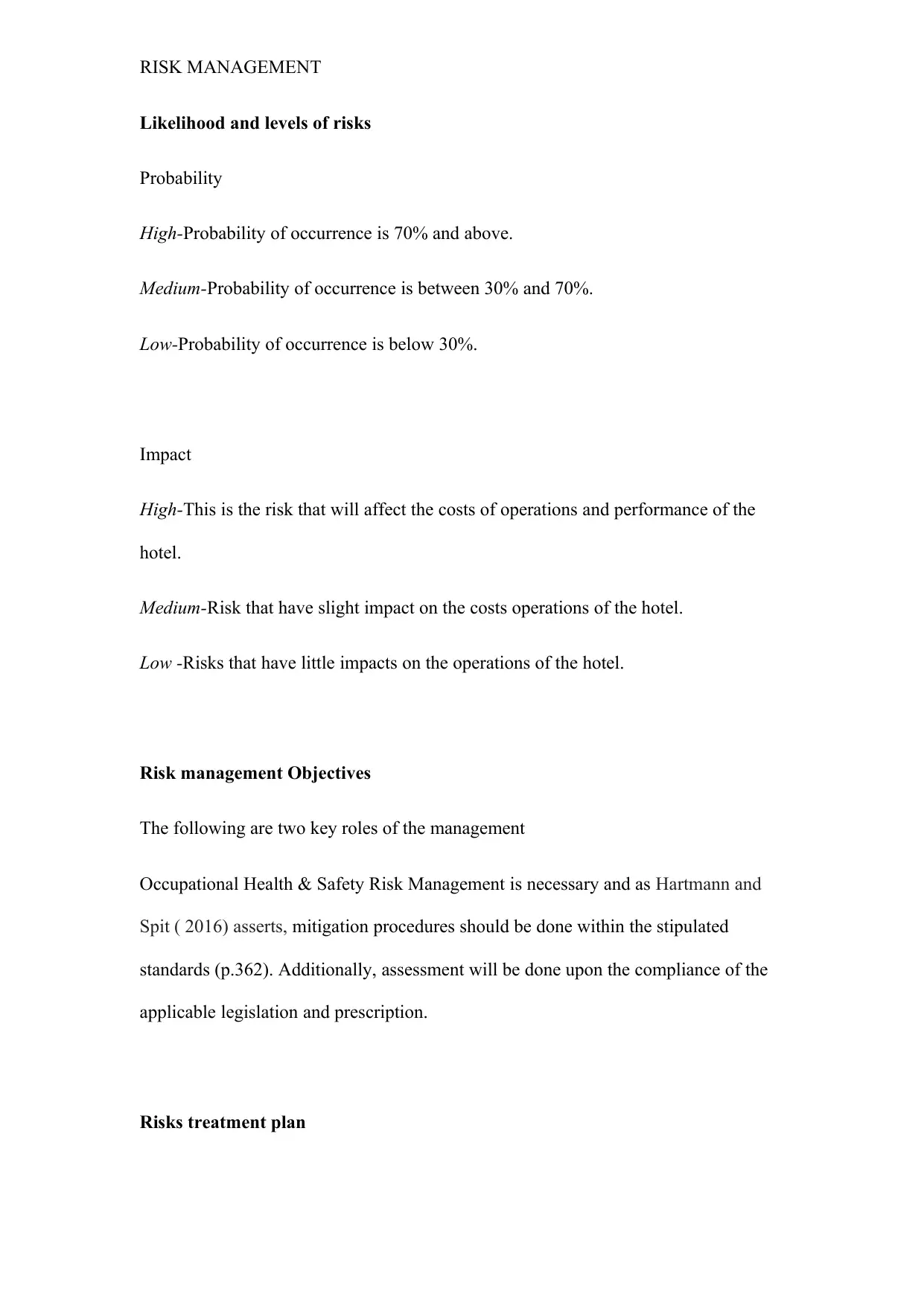
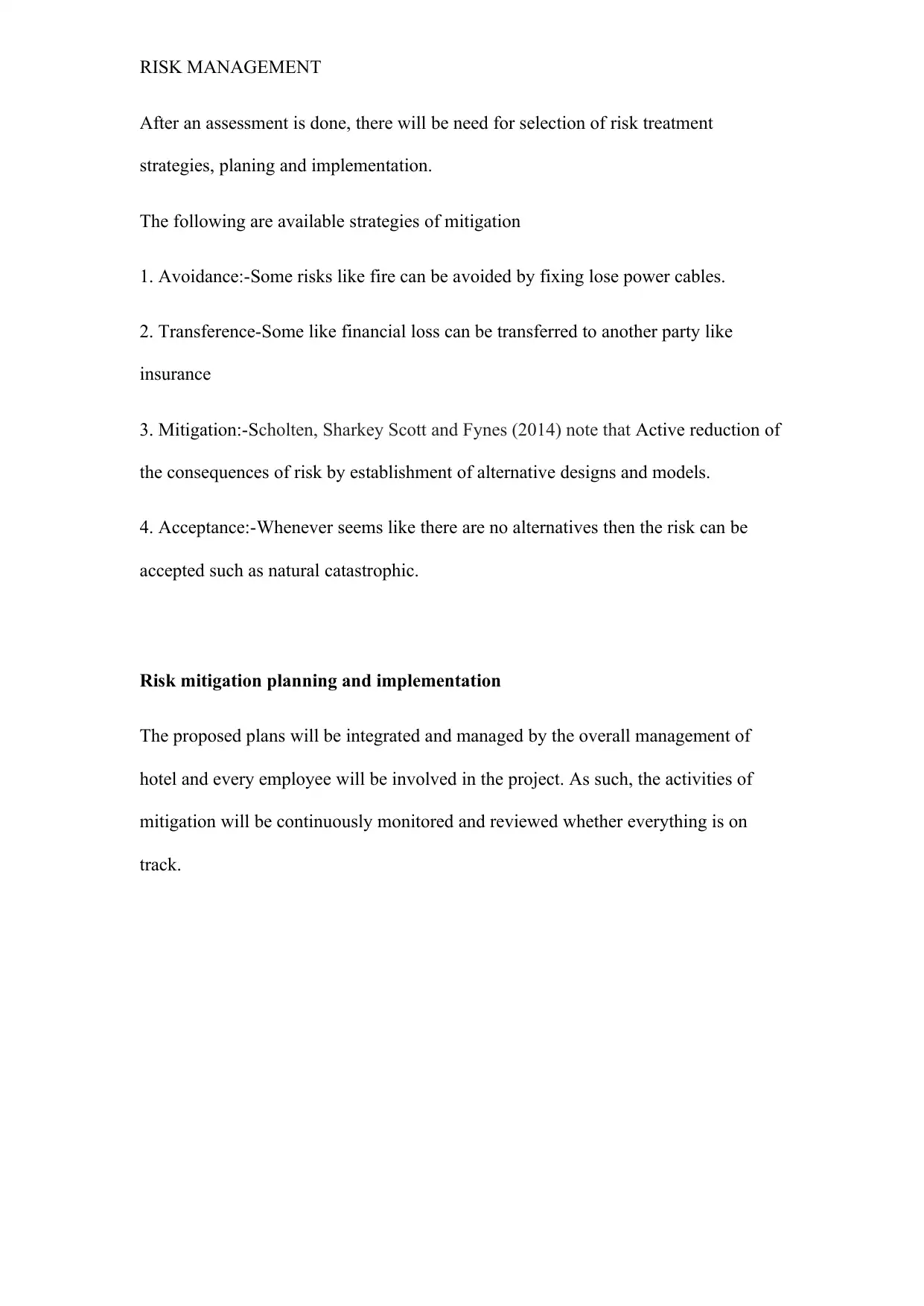
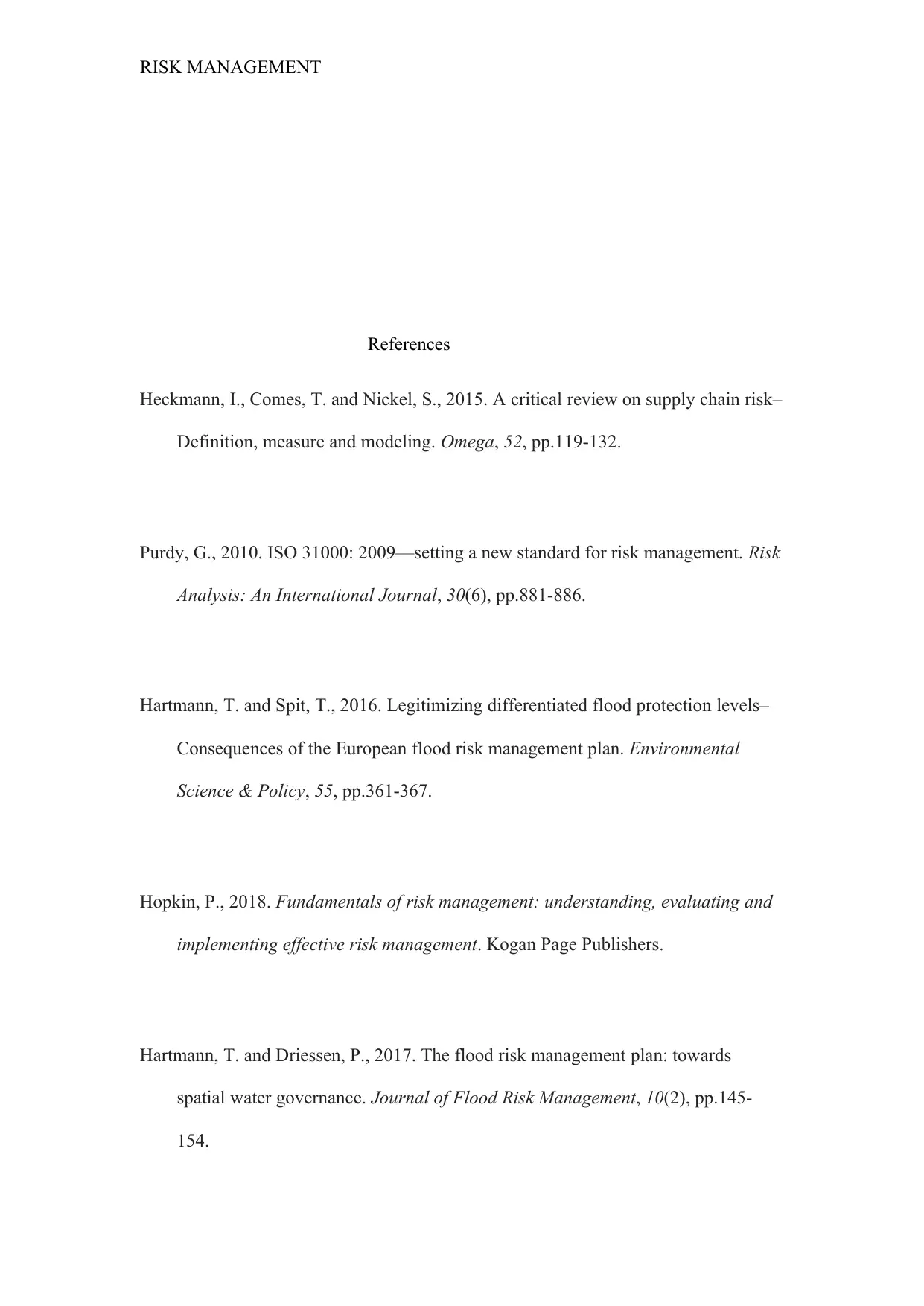
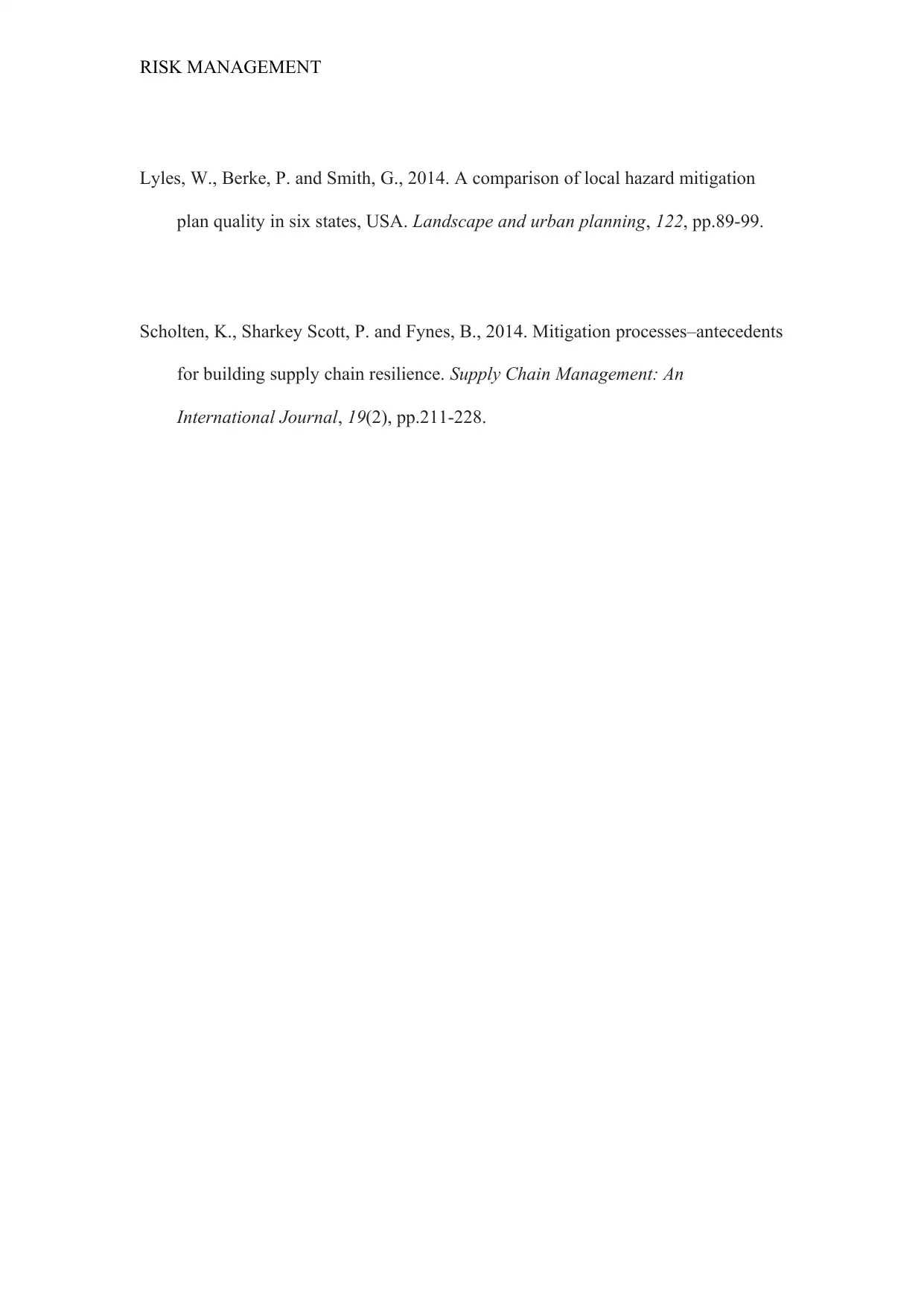






![[object Object]](/_next/static/media/star-bottom.7253800d.svg)